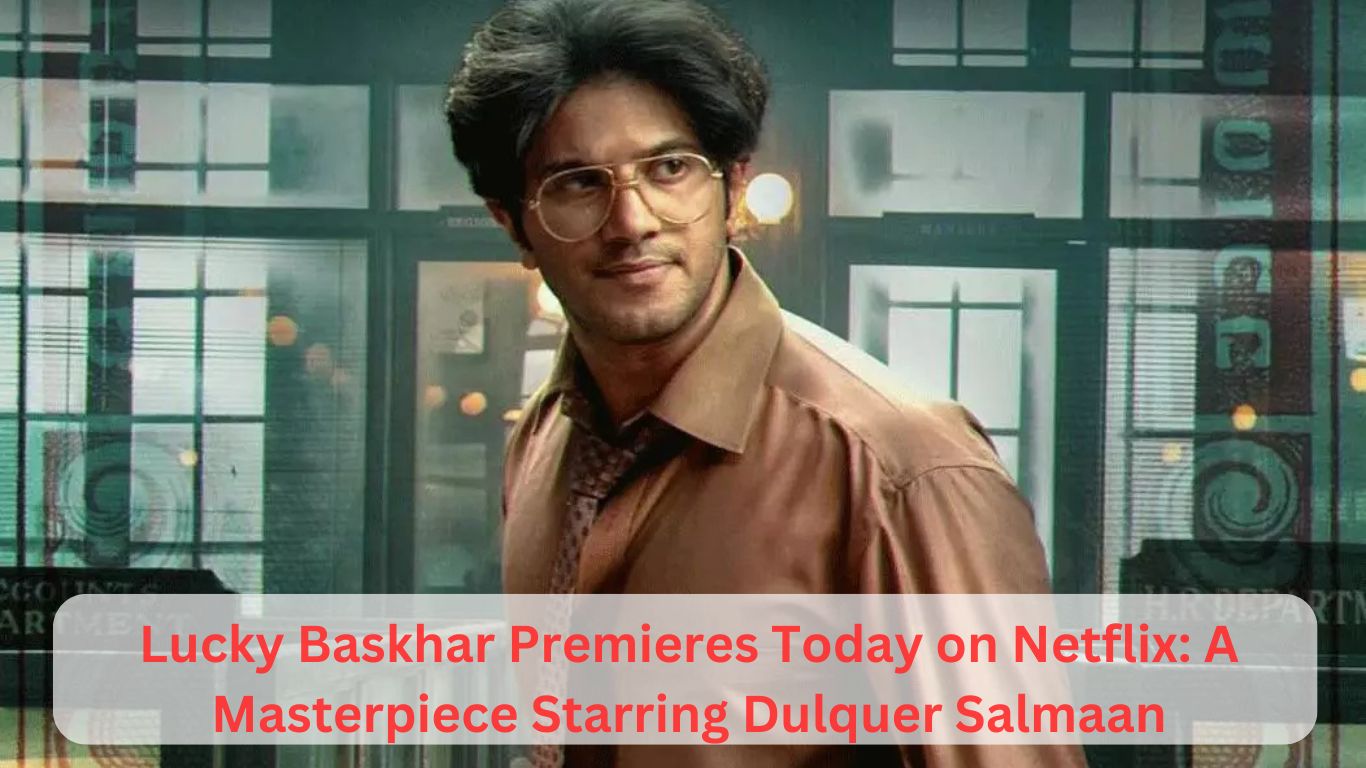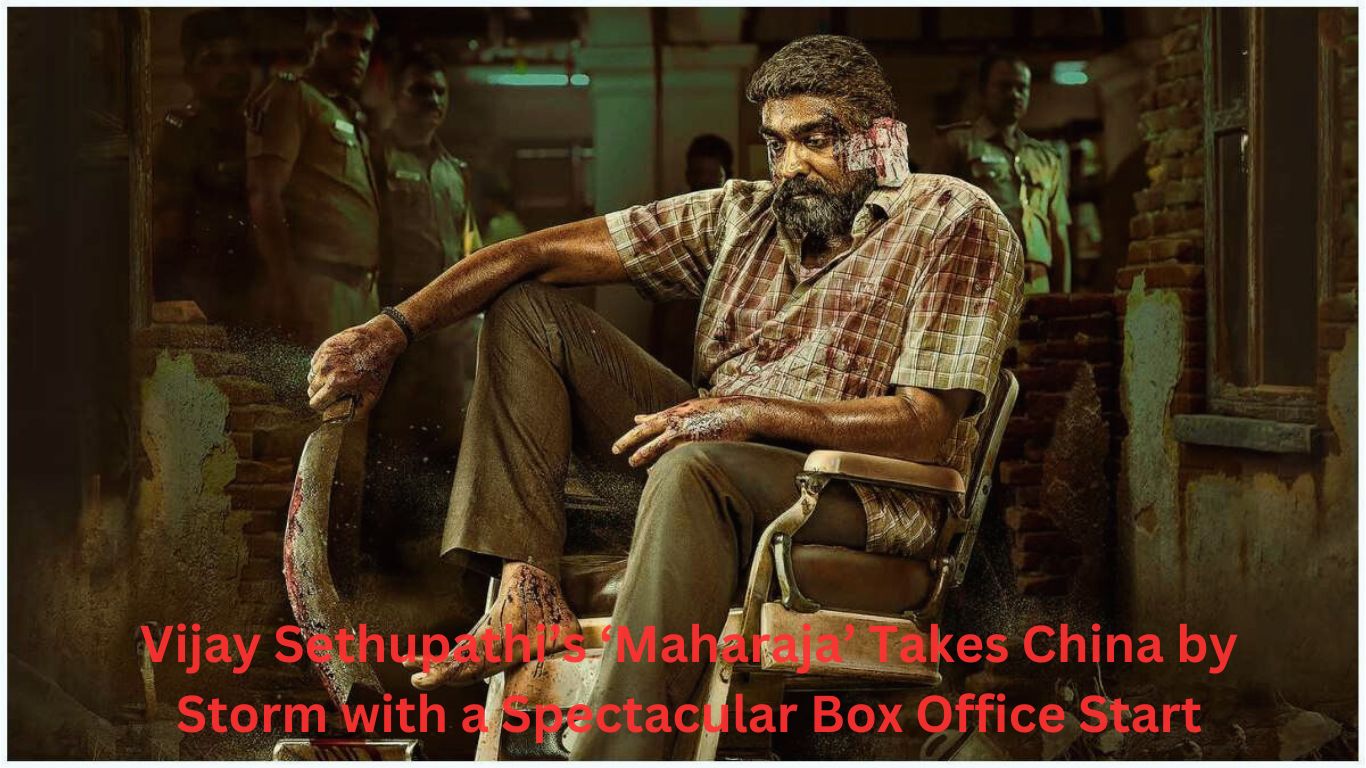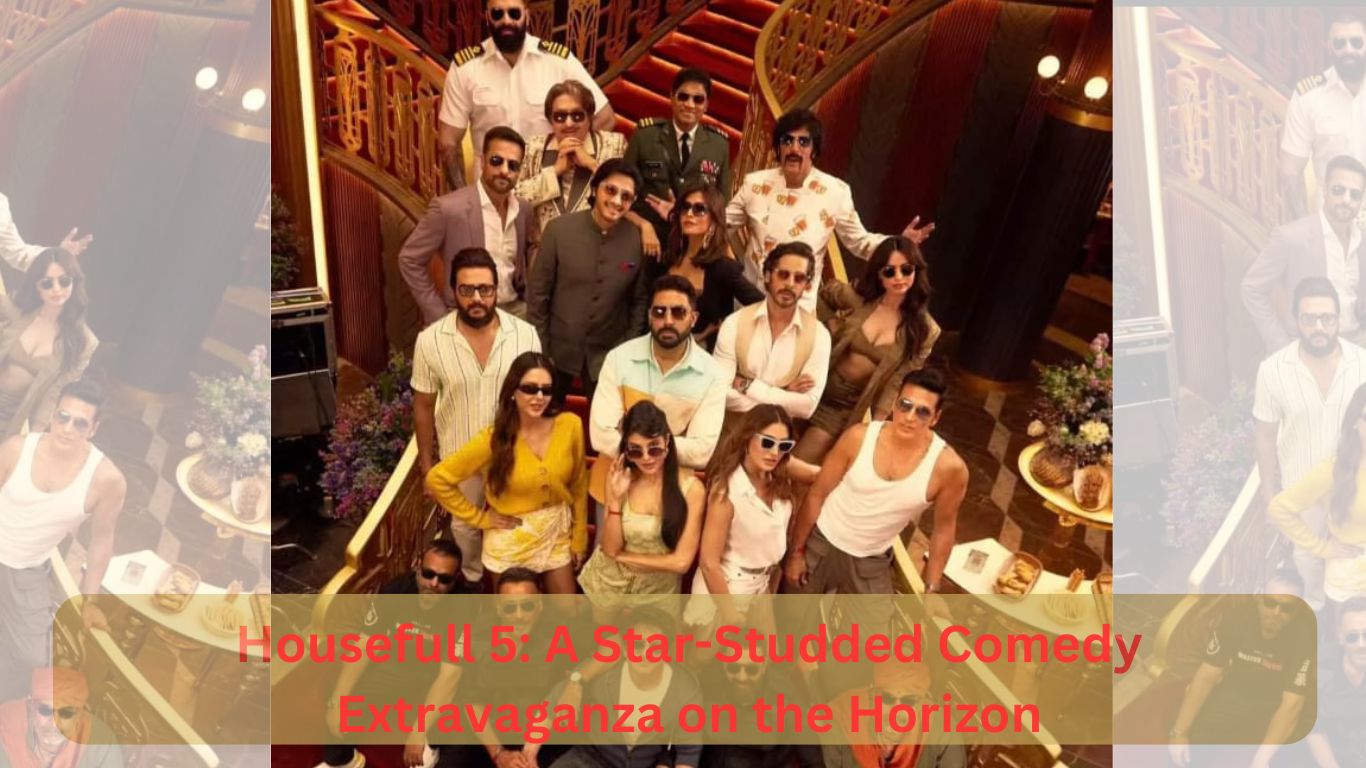From Franchises to Standalones: The Current State of Hollywood Storytelling
In recent years, Hollywood has witnessed a seismic shift in storytelling approaches, moving from the era of blockbuster franchises to a renewed focus on standalone films. The landscape of cinema has dramatically changed as filmmakers and studios navigate the competing demands of audience expectations, box office realities, and the evolving nature of storytelling itself.
The Rise of Franchises
The 2000s and 2010s were often dubbed the "franchise era," characterized by a proliferation of sequels, prequels, and spin-offs. Franchises like the Marvel Cinematic Universe, Star Wars, and the Harry Potter series dominated the box office, becoming cultural phenomena that drew millions of viewers. The rationale was simple: established brands guaranteed a certain level of financial success, and studios were eager to capitalize on the built-in fan bases.
This franchise obsession led to the development of interconnected universes, where each film contributed to a larger narrative arc, creating anticipation and excitement among audiences. However, as time went on, some critics and viewers began to feel a sense of fatigue. Many films felt formulaic, relying on familiar tropes and pre-existing characters rather than exploring new stories. The risk-averse nature of studios prompted them to favor tried-and-true formulas over diverse narratives.
The Resurgence of Standalone Films
As of late, there is a marked shift toward standalone projects that prioritize unique storytelling over franchise potential. Films like "Everything Everywhere All At Once," "Barbarian," and "The Whale" have resonated with audiences and critics alike, showcasing original narratives that push boundaries and explore complex themes. These films have demonstrated that innovative storytelling can thrive even in an industry dominated by sequels, setting a precedent for future filmmakers.
One compelling reason for this resurgence is the rising demand for authenticity and originality from audiences, particularly younger viewers. As streaming platforms became ubiquitous, they began providing filmmakers more creative freedom. With smaller budgets and a clearer focus on unique storytelling, filmmakers can explore uncharted territory, attracting a diverse audience that craves fresh voices and ideas.
Moreover, standalone films often provide a sense of closure that franchises struggle to achieve, considering they frequently rely on cliffhangers and set-ups for future installments. Viewers appreciate stories that have a beginning, middle, and end, allowing them to feel a sense of satisfaction without committing to a multi-film journey.
The Impact of Streaming Services
Streaming services have played a pivotal role in reshaping the storytelling landscape. Platforms like Netflix, Hulu, and Amazon Prime have invested heavily in original content, leading to the creation of numerous standalone films alongside their franchise offerings. This shift has diversified the type of stories being told, allowing lesser-known filmmakers to gain prominence and audiences to discover narratives that might not fit the blockbuster mold.
For instance, films like "Roma," "The Irishman," and "Marriage Story"—all heavily invested in by streaming platforms—have garnered critical acclaim precisely because they deviate from formulaic blockbuster storytelling. This trend has encouraged filmmakers to lean into their artistic visions rather than conform to the constraints of franchise expectations.
The Balance Ahead
While standalone films are experiencing a renaissance, it’s important to recognize that franchises remain a significant part of the Hollywood landscape. Studios are not abandoning their most lucrative properties; instead, they are finding a balance between developing new, original projects and nurturing ongoing franchises.
The key moving forward will be how filmmakers and studios can introduce innovative ideas within established frameworks. Franchise installments can still deliver fresh narratives—such as “Black Panther” exploring themes of identity and cultural heritage or “Spider-Man: Into the Spider-Verse” reinventing the superhero genre through stunning animation and a unique perspective.
Conclusion
The current state of Hollywood storytelling is defined by a fascinating tug-of-war between franchises and standalones. As audiences continue to evolve, so too will the industry’s approach to storytelling. The future undoubtedly holds a mix of both—where filmmakers can explore rich, character-driven narratives alongside beloved characters and stories. Whether one prefers the thrill of an expansive universe or the intimate experience of a standalone film, the ongoing evolution of storytelling in Hollywood promises to deliver something for everyone. As filmmakers push the boundaries of creativity and innovation, viewers can look forward to a diverse landscape of films that engage the mind and stir the soul.















